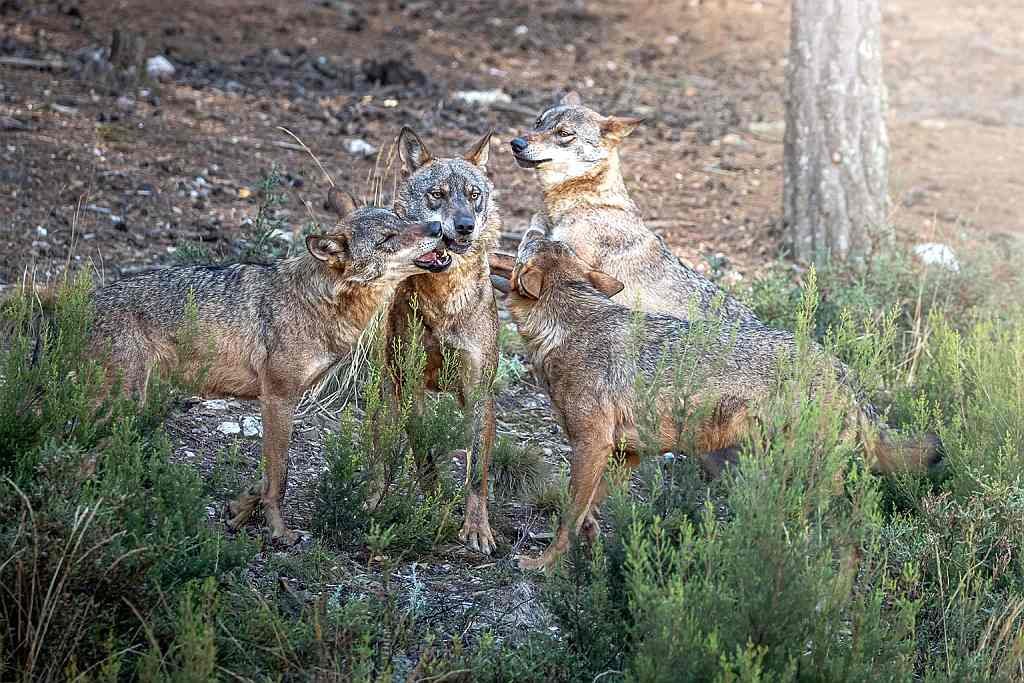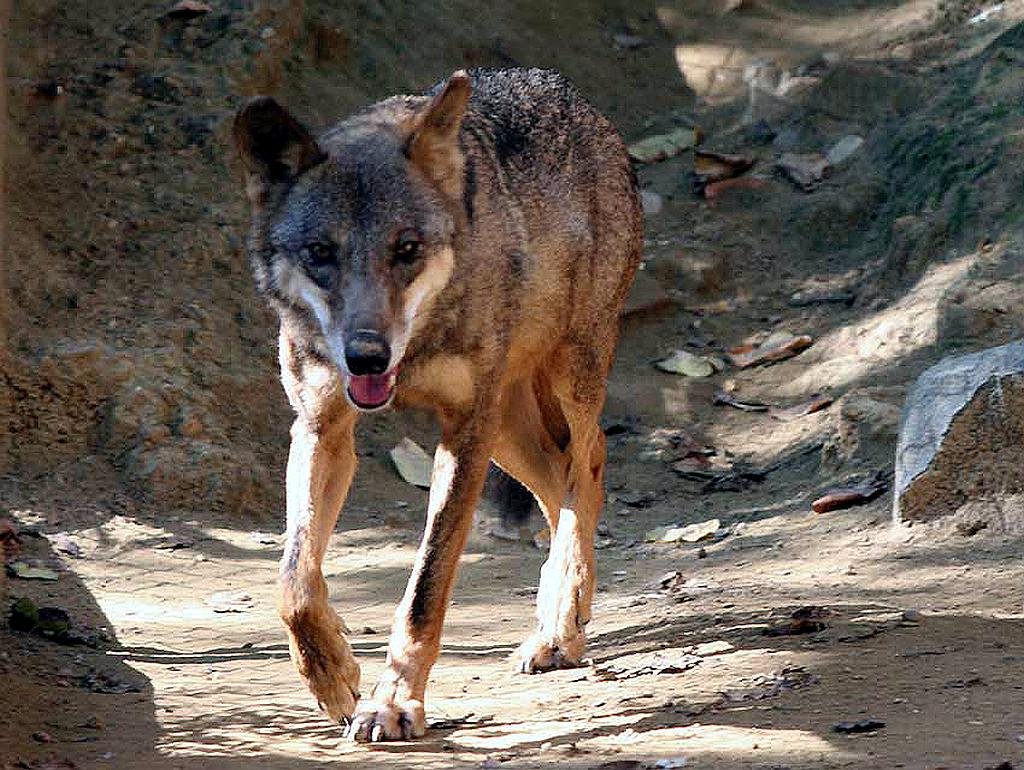The 2023 wolf population monitoring surveys published by the Andalusian government conclude that the Iberian wolf is extinct across the entire region. This is the first time the extinction of this iconic species, once a symbol of Andalusia’s mountains, has been officially acknowledged, though it may have been gone for years.
The wolf (Canis lupus signatus) has historically been one of the most representative species of Andalusia’s mountain ranges. However, according to the Wolf Monitoring and Conservation Programme carried out by the Ministry of the Environment of the Andalusian Government, it has been confirmed extinct since 2020.
Conservation Efforts and the Decline of the Wolf
Since 2003, the primary aim of the programme was to understand the distribution of the Iberian wolf in Andalusia, gather data about its population dynamics, compensate for livestock damages, reduce conflicts with local communities, and, overall, ensure the species’ survival by encouraging its expansion into more favourable and less conflict-prone areas.

In the surveys conducted over the past 20 years (the first was in 2003), two population centres were identified, both located in the Sierra Morena, within the provinces of Córdoba, Jaén, and Seville. “Over the years, we have collected various graphic evidence of their existence,” states the Andalusian government’s reports. In fact, a family group comprising the dominant pair, four cubs, and three subadults was even filmed in 2003.
Reproductive Decline and Population Estimates
In terms of reproduction, three family groups were confirmed to be breeding in 2004 and 2005, two in 2006, 2007, and 2008, and one in 2009 and 2010. Early monitoring suggested that the decline in reproductive packs might not reflect an actual decrease but rather the movement of packs. Even so, the Andalusian wolf population was estimated to consist of six to eight family groups, totalling around 42-56 wolves.
During the surveys, faeces and ungulate jawbone remains were collected and genetically analysed to gather more information about the wolf’s biology, specifically its diet and prey preferences. The findings suggest that the wolf’s diet did not significantly affect the current population dynamics of these large mammals. This was due to the high density of prey and the vast roaming area each family group occupied, combined with the small wolf population. It is estimated that the wolves could meet their dietary needs with only half of the animals dying naturally within their current range.
Attempts to Confirm Presence in 2020
In 2020, attempts were made to detect wolf presence through controlled field surveys. These involved revisiting previously sampled properties and public lands. However, the result was clear: “there is no evidence of wolf presence in Andalusia,” according to the conclusions of the census from that year, recently published.
Paradoxically, in 2020, there was a report of a wolf attack on livestock in Carboneros (Jaén) and a possible sighting in Andújar (Jaén). However, camera trap footage ruled out wolves as the culprits in the attack.
The Official Confirmation of Extinction
Although the extinction of the wolf in Andalusia was only officially confirmed in 2023, surveys conducted since 2016 by the programme team had already indicated, though with less certainty than in 2020, the absence of wolf evidence in the region. There has been no evidence of any reproductive groups since 2003, nor verified sightings of individuals since 2014.
“Given the probable recolonisation of Andalusia in the medium to long term, due to the wolf’s expansion in the northern and central parts of the peninsula, the Action Programme will continue monitoring efforts to detect any potential presence of the species and will respond to livestock attacks that may occur,” states the latest report from the Andalusian government.
This article has been translated from the original Spanish version here.
Ronda Today
Everything you need to know before you visit Ronda “The city of dreams” in Andalucia. https://www.rondatoday.com/
Visit Cádiz
Planning on visiting Cádiz? Tourist information. Monuments. Hotels. Activities. City guides: https://visitingcadiz.com/
The Caminito del Rey
Find tickets for the Caminito del Rey: https://www.caminodelrey.es/
Wildside Holidays – Spain
Take a trip on the Wildside! Discover the wildlife and nature of Spain, its Natural and National Parks and find the top wildlife, activity and walking holiday companies.
Iberia Nature Forum
Struggling with identifying those bugs and beasties? Why not check out the Iberia nature Forum! https://iberianatureforum.com/
I’ve been living in this lovely area of Western Andalucia for the last 20 years or so and dedicate most of my time to the running of English language tourist information websites for the towns of Cádiz, Ronda, Grazalema, the famous or infamous Caminito del Rey, and also Wildside Holidays, which promotes sustainable and eco-friendly businesses running wildlife and walking holidays in Spain. My articles contain affiliate links that will help you reserve a hotel, bus, train or activity in the area. You don’t pay more, but by using them you do support this website. Thankyou!
